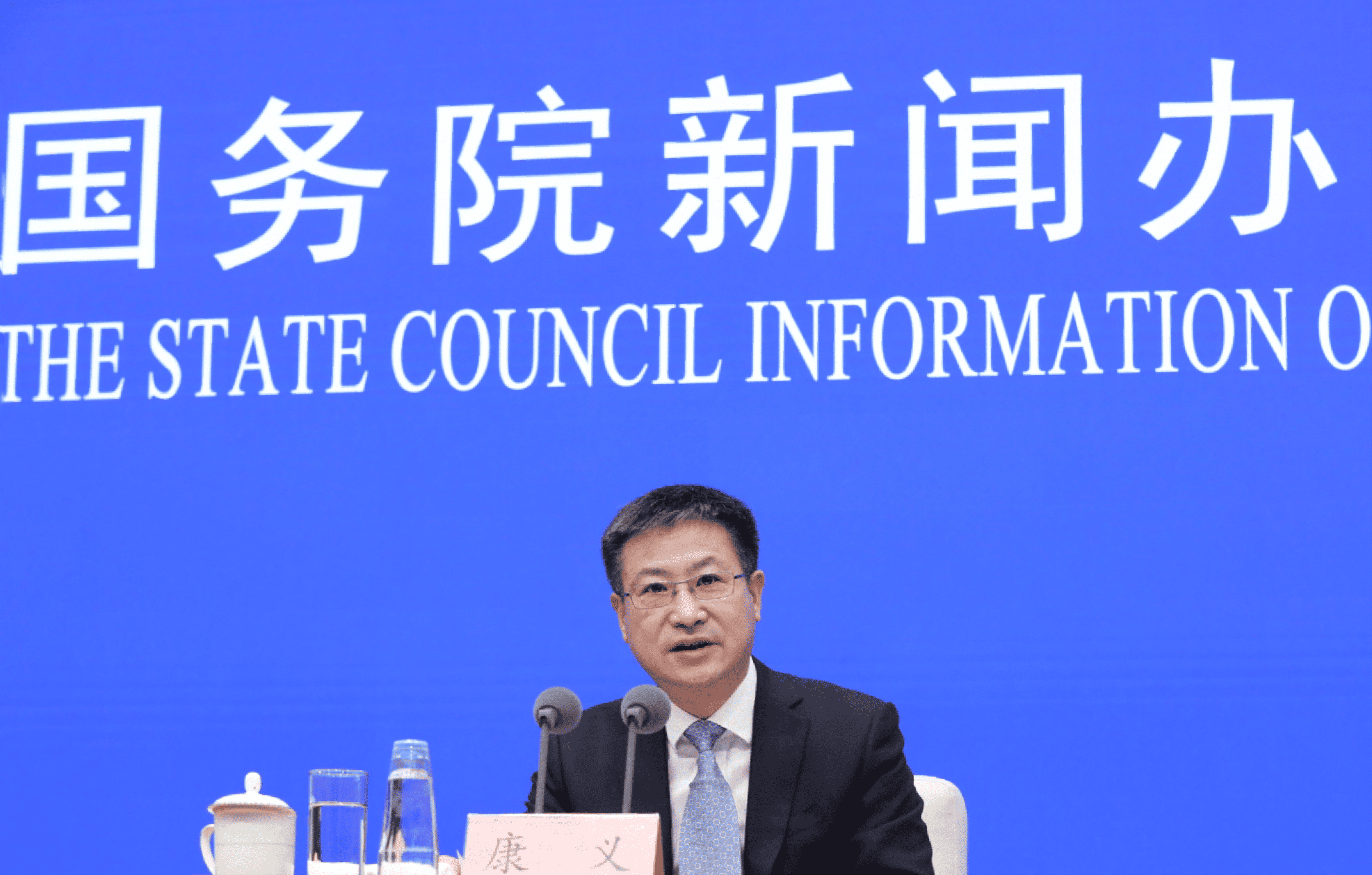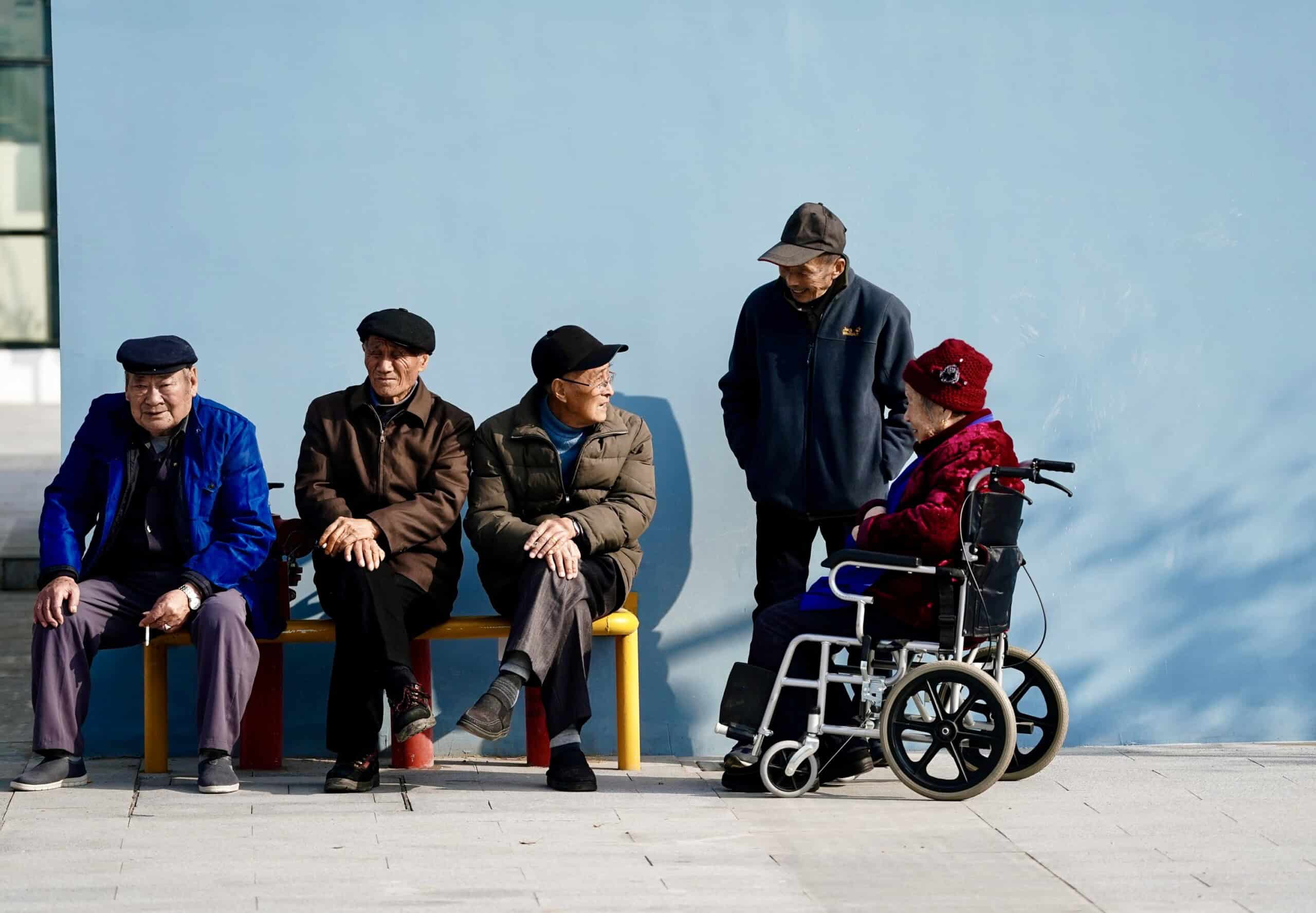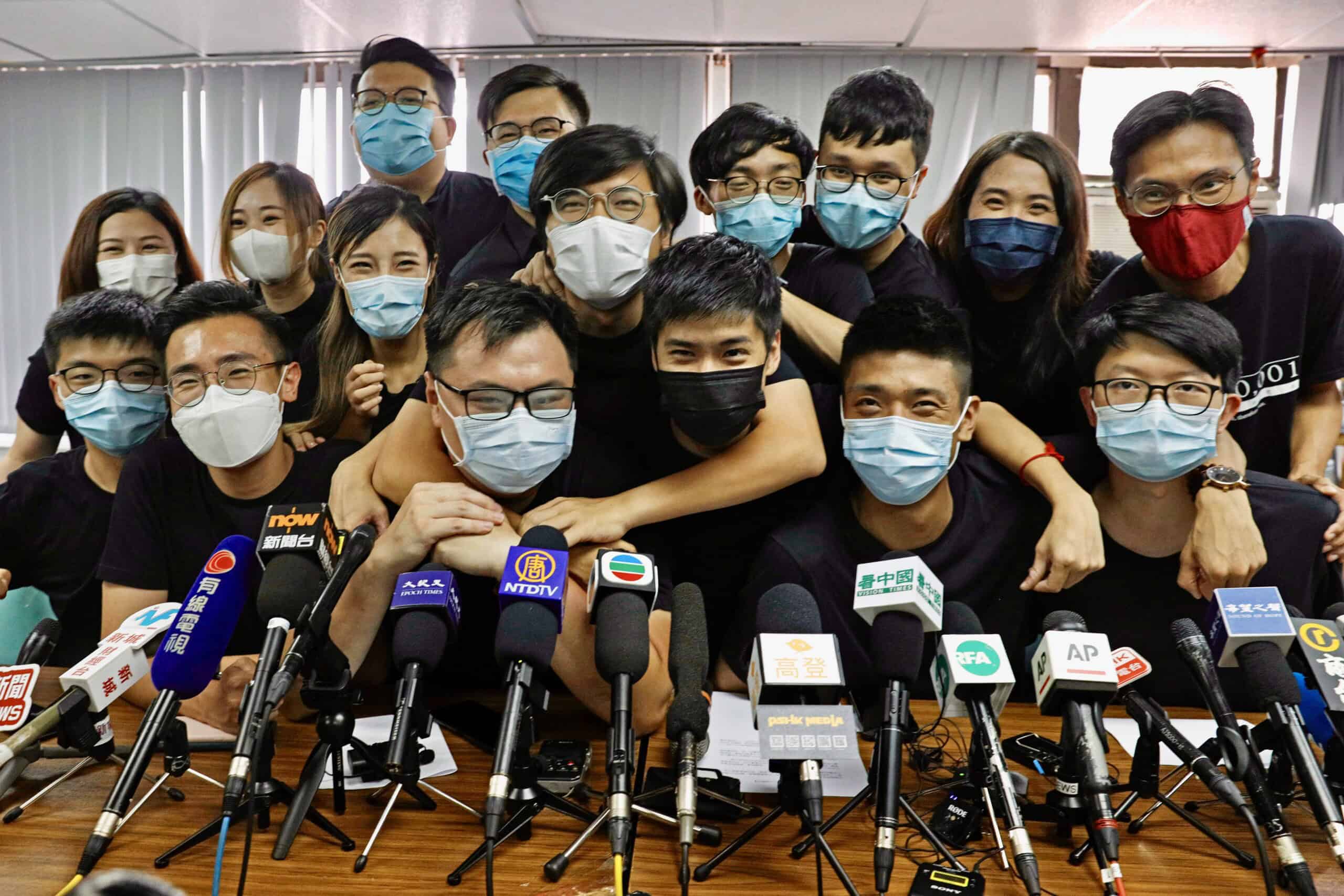
Once again, we hear of plans for Beijing to use hundreds of billions of dollars’ worth of state resources to rescue the ailing Chinese stock markets. Although government intervention can play an important role during market panics, this rescue attempt likely is not the right medicine for the current troubles besetting Chinese stocks. The funds could be deployed in a more effective way to create a longer-lasting impact on the economy, and by extension the market.

According to Bloomberg News, the State Council is considering using some $278 billion parked in the offshore accounts of Chinese state-owned enterprises and financial institutions, as well as 300 billion RMB ($42 billion) in domestic government-backed funds such as Central Huijin, to prop up the equity markets in mainland China.
First of all, this enormous move would likely reduce the liquidity of State Owned Enterprises’ (SOEs) overseas assets, rendering them vulnerable to global price and liquidity shocks. According to Chinese central bank statistics, offshore foreign currency deposits in Chinese banks totaled a little over $200 billion at the end of 2023. So a $278 billion bailout would imply a complete drawdown of Chinese SOEs’ offshore foreign currency deposits in Chinese banks, as well as much of their deposits in foreign financial institutions. Chinese SOEs would also likely need to unwind much of their foreign currency-denominated liquid assets, such as U.S. Treasuries.
Instead of propping up the stock market… the Chinese government would achieve a much bigger and longer lasting positive impact on the economy by using the funds to expand welfare provision.
With much less cash in hand, Chinese state-owned importers may not immediately have sufficient cash to pay a large invoice if, for example, the price of oil were to spike up, necessitating them to borrow large sums regardless of the cost. Or if foreign creditors of SOEs were to suddenly call in their loans, they would likewise face a liquidity crunch because they could not simply and quickly sell any Chinese equity they hold and convert the proceeds into dollars. Any such move would cause both a collapse in the domestic stock market and create tremendous pressure on the RMB exchange rate, similar to the sequence of events that took place during the market crash of 2015. In practice, the authorities would never allow SOEs to liquidate their domestic assets in such a speedy fashion. The main implication of the proposed move is that, if SOEs’ overseas assets were to be deployed in the domestic markets, any overseas creditors of these SOEs would have to take their deteriorated liquidity position into account, as they price any future credit given to them.

At any rate, the positive impact from the proposed bailout would be limited. In the short term, a stimulus equivalent to 5.6 percent of the A-share market capitalization of 42 trillion RMB (roughly $6 trillion), might well lift ailing stocks, which have fallen by 15 percent since the middle of 2023. This kind of government rescue is not without precedent in China. During the market crash of 2015, the government’s efforts proved somewhat effective in arresting market declines, when combined with cessations of trading and limits placed on selling by major shareholders.
Yet the recent sell-off has not been part of an all-out panic caused by investors over-leveraging themselves, as in 2015, but the result of a gradual shift in market sentiment over the past year and half. Essentially, investors’ increasingly negative assessment of the Chinese economy has slowly eroded their willingness to invest more into the A-share market. Although signals of state intervention can put a floor under the market’s decline, they likely cannot do much to reverse negative sentiment permanently without other significant government policy changes.
The Chinese economy continues to be troubled by high debt and low demand, with the two factors reinforcing each other to cause a spiral of slow growth. The twin shocks of property market deleveraging and China’s zero-Covid policies have stopped cash flowing to property companies and crimped household spending, which have dramatically slowed the pace of land acquisitions and private corporate investment; this in turn has led to a dramatic slow-down in municipal investment, higher unemployment, and more circumspect household spending. Instead of propping up the stock market, which would only protect the wealth of rich and upper middle-class households and foreign investors, the Chinese government would achieve a much bigger and longer lasting positive impact on the economy by using the funds to expand welfare provision.
For example, instead of handing money deposited outside of China over to buy Chinese stocks, SOEs could be compelled to purchase special dollar-denominated bonds issued by the central government, which could use the proceeds to fund the enlargement of social security or unemployment benefits in China. Because these bonds would be backed by the central government and denominated in dollars, they would constitute highly liquid assets on these firms’ balance sheets, allowing them to maintain their high credit ratings and not increase their borrowing costs. Domestically, with greater guarantees over old-age benefits and unemployment insurance, Chinese households would more readily spend money, lifting demand and the overall economy. The equity market likely would benefit from the higher growth of retail sales; if some percentage of SOEs’ foreign currency profits could continue to fund social benefits into the future, the lift to domestic demand, and equity prices, may well prove sustainable.
A somewhat inaccurate cliche often employed to describe the Chinese government is that it thinks long-term. When it comes to arresting the stock market’s decline, it should employ policies that have a lasting impact, rather than applying a sticking plaster that will offer only temporary relief.
Click here to read another op-ed from Victor Shih on Li Keqiang, the man who followed the rules.

Victor Shih is a professor of political economy at UC San Diego and holds the Ho Miu Lam Chair in China and Pacific Relations at the School of Global Policy and Strategy. He is also the director of the 21st Century China Center and the author of Factions and Finance in China: Elite Conflict and Inflation. @vshih2




